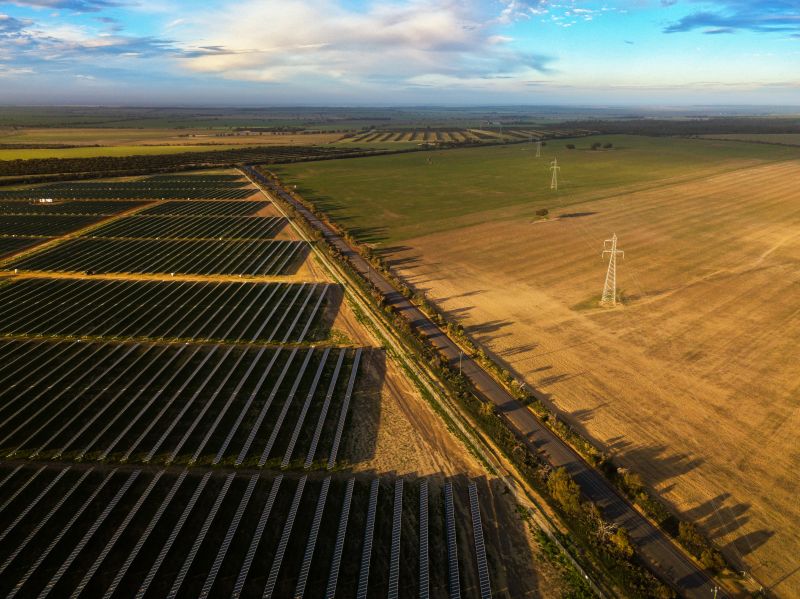With initial modelling suggesting more than 50 GW of new renewable and firming capacity will need to come online in the next two decades to facilitate Western Australia’s (WA) energy transition, the state government is seeking input from key stakeholders to help inform the planning of new transmission projects in the state’s main grid.
The state government said it is seeking registrations of interest (ROI) from large commercial and industrial users, both generators and loads, regarding their plans for increasing demand for low-emissions electricity and related renewable energy project builds to supply major projects in the South-West interconnected System (SWIS).
Generation capacity in WA’s main grid is forecast to increase dramatically in the next two decades with the SWIS Demand Assessment, released earlier this year, anticipating an additional 7.2 GW of new industry electricity demand will occur in the SWIS by 2042.
Supplying this level of demand with electricity generated largely from renewable energy sources would require SWIS generation capacity to increase from 5.9 GW in 2022 to 51.1 GW of new generation and storage capacity. The majority of this new generation capacity is expected to be large-scale wind and solar, increasing from 1.2 GW in 2022 to reach 41.8 GW in 2042.
WA Energy Minister Bill Johnston said large-scale investment in new transmission infrastructure will be essential to service this anticipated renewable generation and enable the supply of low-emissions electricity to all SWIS users.
“We are encouraging major industry customers to register their interest to be part of this once-in-a-generation transmission network growth as we power towards net zero by 2050,” he said.
“SWIS Demand Assessment modelling indicated industrial demand over the next 20 years would require almost 10 times the amount of generation capacity currently available.”
Johnston said the registrations of interest will help shape major transmission builds for the state, helping to deliver a clean energy future.
Coordinated by state-owned utility Western Power and Energy Policy WA, the ROI will help inform how and when future transmission builds could happen, including potential renewable energy hubs locations, to connect the renewables to the grid.
Energy Policy WA said the ROI process will help to establish the customer base that will shape those future major transmission expansion projects and prioritise areas for grid investment. The process will also help shape new funding mechanisms for accessing network capacity and will form the basis for potential new policy settings.
The ROI will provide industrial customers an opportunity to submit their project plans, status, timing, and willingness to contribute to network augmentation and connection costs. It is expected proposed projects will need to be commissioned prior to 2030 and proponents will need to demonstrate their ability to commit to network augmentation costs of about $100,000 per MW prior to 2026/27.
The ROI process will close on 1 November 2023.
This content is protected by copyright and may not be reused. If you want to cooperate with us and would like to reuse some of our content, please contact: editors@pv-magazine.com.









By submitting this form you agree to pv magazine using your data for the purposes of publishing your comment.
Your personal data will only be disclosed or otherwise transmitted to third parties for the purposes of spam filtering or if this is necessary for technical maintenance of the website. Any other transfer to third parties will not take place unless this is justified on the basis of applicable data protection regulations or if pv magazine is legally obliged to do so.
You may revoke this consent at any time with effect for the future, in which case your personal data will be deleted immediately. Otherwise, your data will be deleted if pv magazine has processed your request or the purpose of data storage is fulfilled.
Further information on data privacy can be found in our Data Protection Policy.